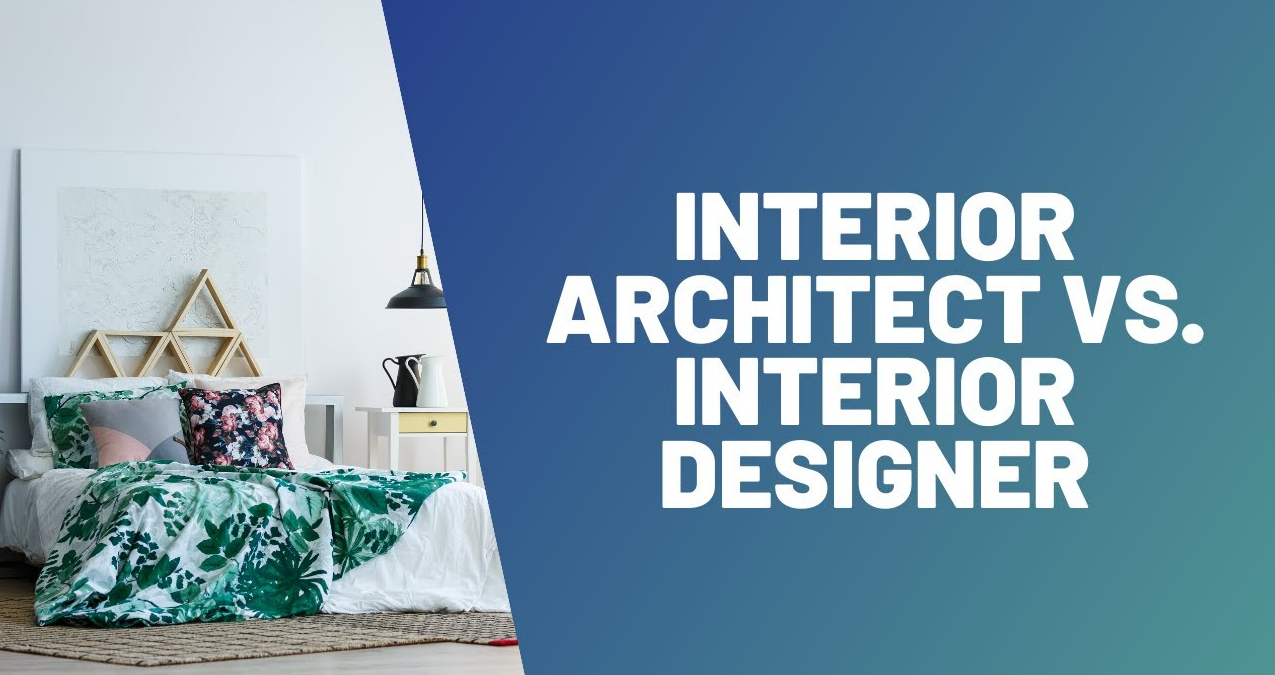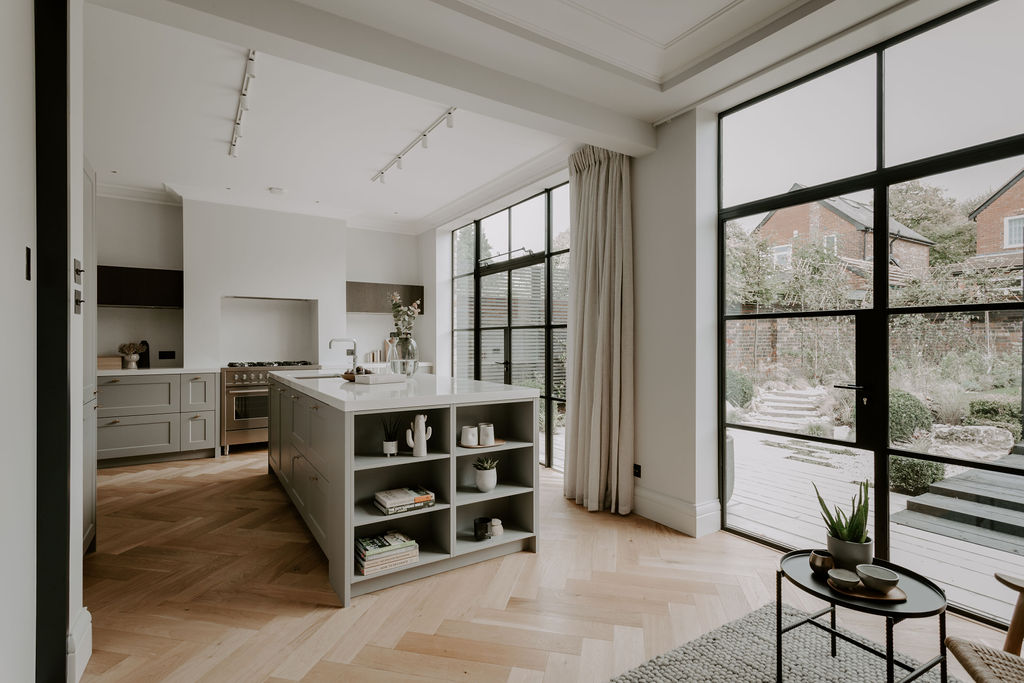Leading Architectural Experts in Hampshire for Custom and Innovative Designs
Leading Architectural Experts in Hampshire for Custom and Innovative Designs
Blog Article
The Art of Balance: How Interior Design and Home Designer Collaborate for Stunning Outcomes
In the realm of home style, striking an equilibrium in between aesthetic appeals and functionality is no tiny feat. This fragile stability is attained with the harmonious collaboration in between indoor developers and architects, each bringing their distinct know-how to the table. The result? Spaces that are not just aesthetically magnificent but also exceptionally comfortable. This ideal blend is not constantly easy to attain. Stick with us as we check out the complexities of this collaborative procedure and its transformative effect on home design.
Recognizing the Core Distinctions Between Interior Decoration and Home Architecture
While both indoor design and home architecture play essential roles in developing visually pleasing and functional rooms, they are inherently different techniques. It deals with the 'bones' of the structure, functioning with spatial measurements, load-bearing wall surfaces, and roofing styles. On the various other hand, interior design is a lot more concerned with boosting the sensory and visual experience within that structure.
The Harmony Between Home Architecture and Interior Layout
The synergy in between home style and Interior Design depends on a shared vision of style and the improvement of functional aesthetic appeals. When these two fields align sympathetically, they can transform a home from common to remarkable. This partnership requires a deeper understanding of each discipline's concepts and the capacity to create a cohesive, visually pleasing setting.
Unifying Style Vision
Linking the vision for home style and Interior Design can produce an unified space that is both useful and visually pleasing. The balance begins with an incorporated state of mind; architects and indoor designers work together, each bringing their know-how. This unison of concepts creates the layout vision, a blueprint that guides the project. This shared vision is important for uniformity throughout the home, guaranteeing a liquid shift from outside style to interior spaces. It promotes a synergistic approach where building elements enhance Interior Design elements and vice versa. The result is a cohesive living space that reflects the property owner's character, taste, and way of living. Therefore, unifying the style vision is important in mixing architecture and Interior Design for magnificent results.
Enhancing Useful Aesthetics
How does the synergy in between home architecture and interior style improve practical aesthetics? Architects lay the groundwork with their architectural layout, making certain that the room is effective and functional. A designer could make a residence with high ceilings and large windows.
Significance of Collaboration in Creating Balanced Spaces
The collaboration between interior developers and designers is crucial in developing balanced spaces. It brings consistency in between layout and style, bring to life rooms that are not only visually pleasing yet likewise practical. Discovering effective joint techniques can supply insights right into exactly how this harmony can be successfully attained.
Harmonizing Layout and Design
Balance, an essential aspect of both Interior Design and style, can only really be achieved when these two fields operate in harmony. This consistency is not just a visual consideration; it influences the capability, longevity, and inevitably, the livability of a room. Inside designers and architects have to recognize each various look at more info other's roles, respect their knowledge, and interact successfully. They must take into consideration the interaction of structural aspects with style, the circulation of rooms, and the effect of light and color. This joint procedure leads to a natural, balanced layout where every aspect has an objective and contributes to the total visual. Balancing style and architecture is not simply about producing stunning rooms, yet concerning crafting rooms that work flawlessly for their occupants.
Successful Collective Strategies

Situation Researches: Effective Combination of Style and Style
Examining several study, it emerges how the effective combination of Interior Design and architecture can change an area. The Glass House in Connecticut, renowned for its minimalistic style, is one such example. Engineer Philip Johnson and indoor developer Mies van der Rohe collaborated to create a harmonious equilibrium between the interior and the structure, causing a seamless flow from the outside landscape to the inner living quarters. Another exemplar is the Fallingwater Residence in Pennsylvania. Architect Frank Lloyd Wright and interior developer Edgar Kaufmann Jr.'s collective efforts bring about a stunningly one-of-a-kind residence that blends with its all-natural surroundings. These study highlight the profound influence of a successful directory style and style collaboration.

Getting Over Difficulties in Layout and Architecture Cooperation
Regardless of the obvious benefits of a successful cooperation in between Interior Design and design, it is not without its challenges. Interaction problems can develop, as both parties may make use of different terms, understandings, and techniques in their work. This can result in misconceptions and delays in job completion. An additional major difficulty is the balancing act of aesthetic appeals and functionality. Architects might focus on architectural stability and safety and security, while designers concentrate on convenience and design. The assimilation of these purposes can be complex. Additionally, budget plan and timeline constraints usually add pressure, potentially triggering breaks in the partnership. For that reason, efficient interaction, good understanding, and compromise are crucial to get rid of these challenges and achieve a unified and successful partnership.

Future Patterns: The Progressing Connection Between Home Architects and Interior Designers
As the globe of home design continues to advance, so does the partnership in between engineers and interior designers. Alternatively, interior developers are accepting technical elements, influencing general design and capability. The future promises a much more cohesive, cutting-edge, and flexible method to home layout, as architects and developers proceed to obscure the lines, cultivating a connection that truly symbolizes the art of balance.
Final thought
The art of balance in home layout is attained with the unified collaboration in between interior developers and designers. An understanding of each various other's disciplines, efficient interaction, and shared vision are important in creating visually spectacular, functional, and inviting areas. In spite of obstacles, this collaboration promotes growth and advancement in layout. As the relationship between home architects and indoor developers develops, it will certainly continue to form future fads, boosting convenience, performance, and individual expression in our space.
While both indoor layout and like it home design play important functions in creating visually pleasing and practical areas, they are naturally different self-controls.The harmony between home architecture and indoor layout exists in a common vision of design and the enhancement of practical visual appeals.Combining the vision for home architecture and indoor style can develop a harmonious living area that is both functional and visually pleasing. Therefore, unifying the design vision is vital in mixing style and interior style for spectacular outcomes.
How does the synergy between home architecture and interior design boost useful aesthetics? (Winchester architect)
Report this page